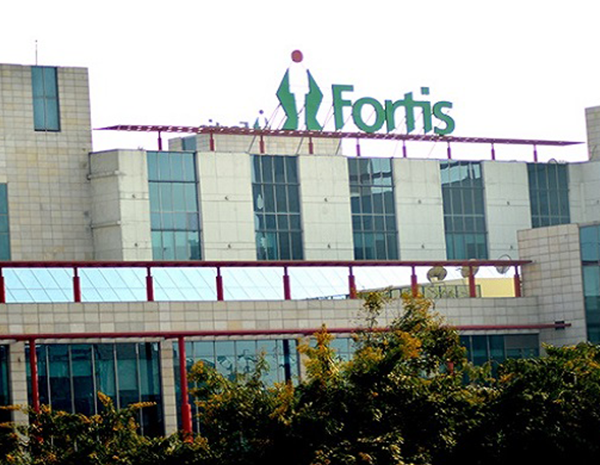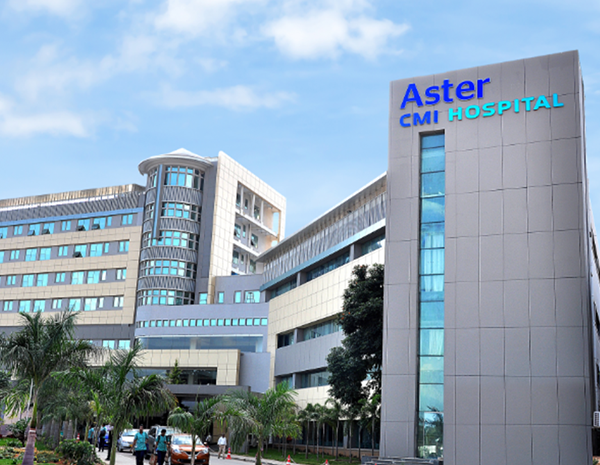Hydrocephalus Treatment


Hydrocephalus Treatment in India: A Comprehensive Overview
Affordable Hydrocephalus Treatment and Recovery in India
Hydrocephalus treatment in India is a cost-effective option, with expenses ranging from USD 5,000 to USD 10,000 for Indian patients and USD 8,000 to USD 15,000 for international patients. The typical hospital stay is 5 to 7 days, with a recovery period of 2 to 4 weeks outside the hospital. The overall cost can vary based on factors such as the complexity of the case, the type of treatment required, and the choice of hospital, providing a tailored approach to each patient’s needs.
Our Partners





Understanding Hydrocephalus Treatment
Hydrocephalus is a condition characterized by an accumulation of cerebrospinal fluid (CSF) in the brain’s ventricles, leading to increased intracranial pressure. Treatment typically involves the insertion of a shunt system to drain excess fluid and alleviate pressure. The most common procedure is the placement of a ventriculoperitoneal (VP) shunt, which diverts CSF from the brain to the abdominal cavity where it can be absorbed. In some cases, endoscopic third ventriculostomy (ETV) may be used to create a new pathway for CSF flow within the brain. The goal of treatment is to relieve symptoms, prevent further brain damage, and improve the patient’s quality of life.
